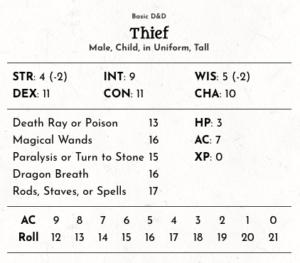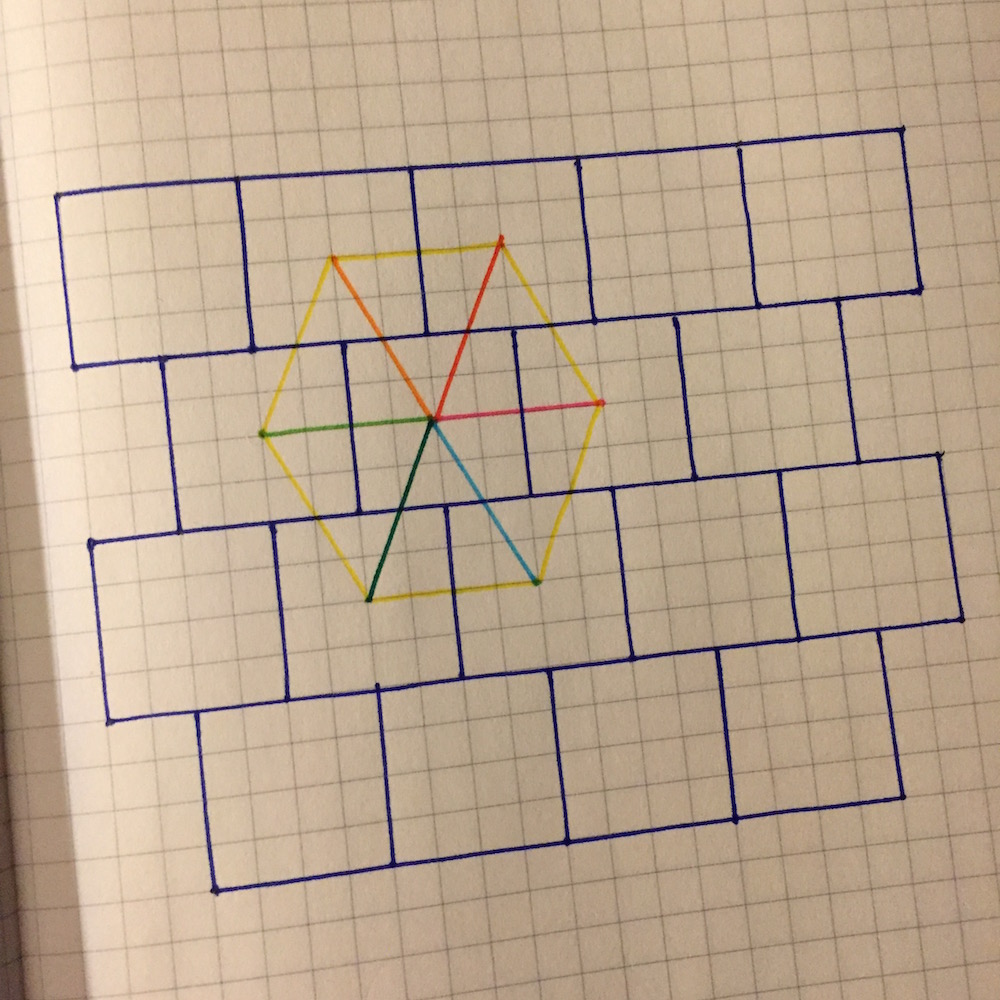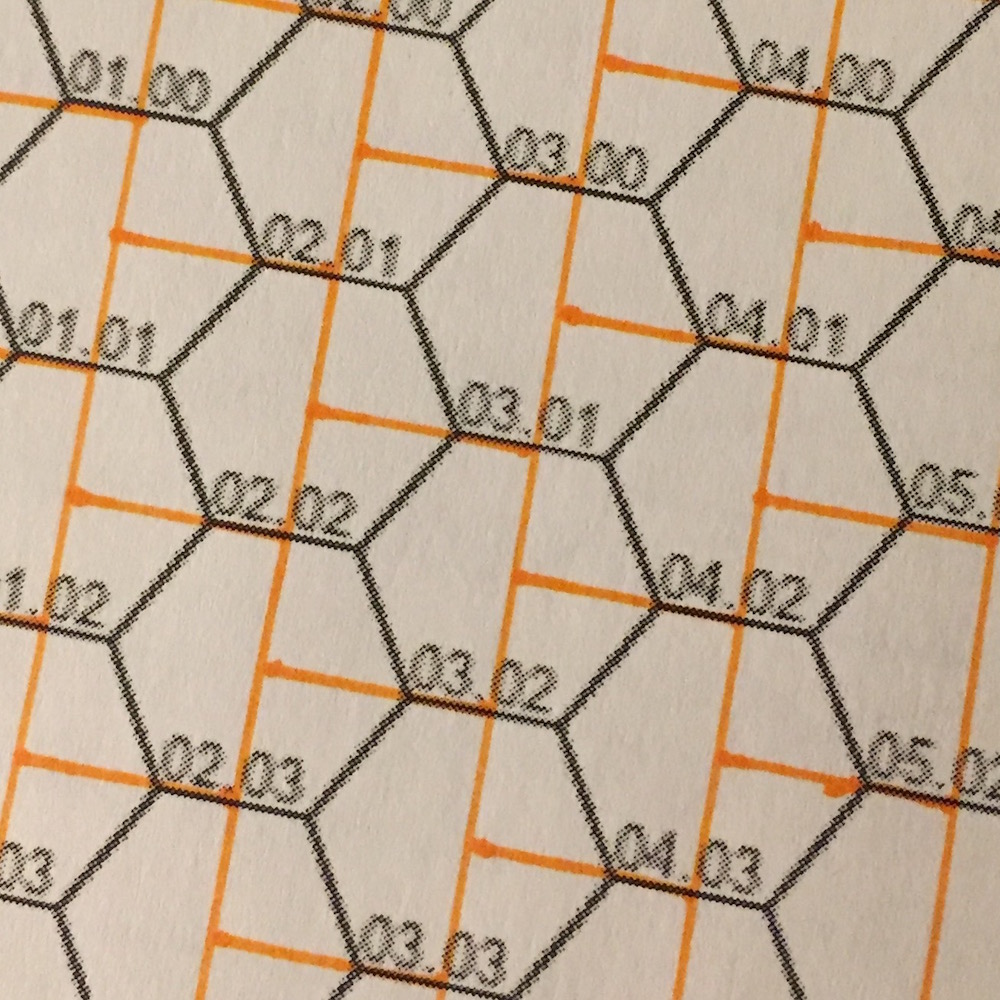The Hazard System is a gameplay engine for traditional roleplaying games designed to facilitate fictional consequences of player decision-making while minimizing bookkeeping.
Find a full HTML version of v0.3 in this post below the divider.
There is also a PDF version (see Downloads).
Significant changes between v0.2 and v0.3:
- Hazard die results now follow higher = better principle
- Generalized hazard die:
1 setback, 2 fatigue, 3 expiration, 4 locality, 5 percept, 6 advantage
- Introduces free moves, full moves, and conditions terminology
- Formatted PDF as two letter-sized pages for ease printing two-sided on one sheet
- Included brief chronological further reading section for context
- Included simple default subtables for several kinds of outcomes, such as haven shortages and disasters
The text below the divider is released under a Creative Commons Attribution 3.0 Unported license.
Attribution: Necropraxis Productions Hazard System v0.3 (2017)
http://www.necropraxis.com/hazard-system/
Hazard System (v0.3)
The six-sided hazard die deploys threats, manages resources such as light, and keeps time. It is the engine that drives gameplay forward, ensuring that choices have consequences while minimizing bookkeeping. To take a turn, have a player roll the hazard die and have the referee interpret the results relative to the current turn type. During a turn, each player may take one full action. The general form of the hazard die is:
| Setback |
Fatigue |
Expiration |
Locality |
Percept |
Advantage |
Hazard Die Interpretations
Haven Turn Interpretation
| 1 |
Setback |
Encounter (use regional table) or disaster (see below) |
| 2 |
Fatigue |
Shortage (1 medicine, 2-3 drought, 4-5 famine, 6 trust) |
| 3 |
Expiration |
Clear one or more haven conditions |
| 4 |
Locality |
Advance season (or other local change) |
| 5 |
Percept |
Foreshadow looming disaster |
| 6 |
Advantage |
Full recovery |
Wilderness Turn Interpretation
| 1 |
Setback |
Encounter (use regional table) or road/bridge out |
| 2 |
Fatigue |
Rest and consume rations (1/person) or suffer minor harm (1 HP) |
| 3 |
Expiration |
Expire transient wilderness condition |
| 4 |
Locality |
Shift weather (or other local change) |
| 5 |
Percept |
Spoor or clue regarding next encounter |
| 6 |
Advantage |
Free wilderness turn |
Dungeon Turn Interpretation
| 1 |
Setback |
Encounter (use zone table) |
| 2 |
Fatigue |
Rest and consume rations (1/party) or suffer minor harm (1 HP) |
| 3 |
Expiration |
Expire transient dungeon conditions (light, spell, etc) |
| 4 |
Locality |
Shift dungeon state (or other local change) |
| 5 |
Percept |
Spoor or clue regarding next encounter |
| 6 |
Advantage |
Free dungeon turn |
Combat Turn Interpretation
| 1 |
Setback |
Opponents act first or additional encounter (use zone table) |
| 2 |
Fatigue |
Suffer minor harm (1 HP) if engaged in melee |
| 3 |
Expiration |
Expire transient combat conditions (light, burning, etc) |
| 4 |
Locality |
Shift battlefield (or other local change) |
| 5 |
Percept |
Spoor or clue regarding next encounter |
| 6 |
Advantage |
Free combat turn |
- Some disasters (1d6):
1 invasion, 2 insurrection, 3 fire, 4 earthquake, 5 flood, 6 falling star
- Some dungeon localities (1d6):
1 obstruction, 2-3 seal/open door, 4-5 divert water, 6 expose secret
- Use common sense: ignore results that do not make fictional sense, but only the first time
- Keep time abstract: quantifying the details precisely is rarely worth the hassle
Moves and Conditions
Moves represent actions relevant to the current fictional context, such as exploring a trackless stretch of swamp. Conditions represent persistence of a transient state, such as adventurer exhaustion. Conditions can apply to areas, parties, or individuals. Strictness tracking conditions is a matter of style. Tokens can help. The lists of moves and conditions below below are suggestive rather than complete. Improvise others as appropriate, according to referee ruling.
Haven turns represent several days or weeks of rest and recovery.
- Free haven moves: advance/level up, prepare spells, recover, recruit, resupply
- Full haven moves: craft gear, scribe scroll, conduct research
- Haven conditions: curse, famine, pestilence, shortage, siege, winter
Wilderness turns represent travel and making camp, approximately one day and night. Making a wilderness move requires consuming a ration or taking the exhausted condition in addition to rolling the hazard die. If already exhausted, at the start of a wilderness turn suffer minor harm (1 HP). Determine randomly whether setbacks occur during day or night.
- Free wilderness moves: access known landmark in current area, survey adjacent areas
- Full wilderness moves: travel to adjacent area, search, explore, hunt, track
- Wilderness conditions: exhausted, lost
Lost: Travel is no longer an option. Use search to locate a landmark, removing the lost condition on success.
Dungeon turns represent exploration at architectural scale, approximately tens of minutes or a few hours, assuming careful advance into hostile places.
- Free dungeon moves: look under a rug, open unstuck door, pull lever
- Full dungeon moves: climb, force a door, move to adjacent area, pick a lock, search
- Dungeon conditions: candlelight, torchlight, overburdened
Combat turns represent tactical actions occuring over seconds or minutes.
- Free combat moves: shout command, drop held item,
- Full combat moves: shoot, spell, strike, throw, withdraw
- Combat conditions: burning, defended, grappled, prone
Notes and Further Reading
- Consider using a simple slot-based encumbrance system, such as one item per point of strength.
- Locality results work best if you design areas with countdowns or aspects that can shift between states.
- I replace traditional initiative with the combat hazard die.
Released under the Creative Commons Attribution 3.0 Unported license. Typeset using Pandoc and LaTeX.
Attribution: Necropraxis Productions Hazard System v0.3 (2017)
<http://www.necropraxis.com/hazard-system/>



